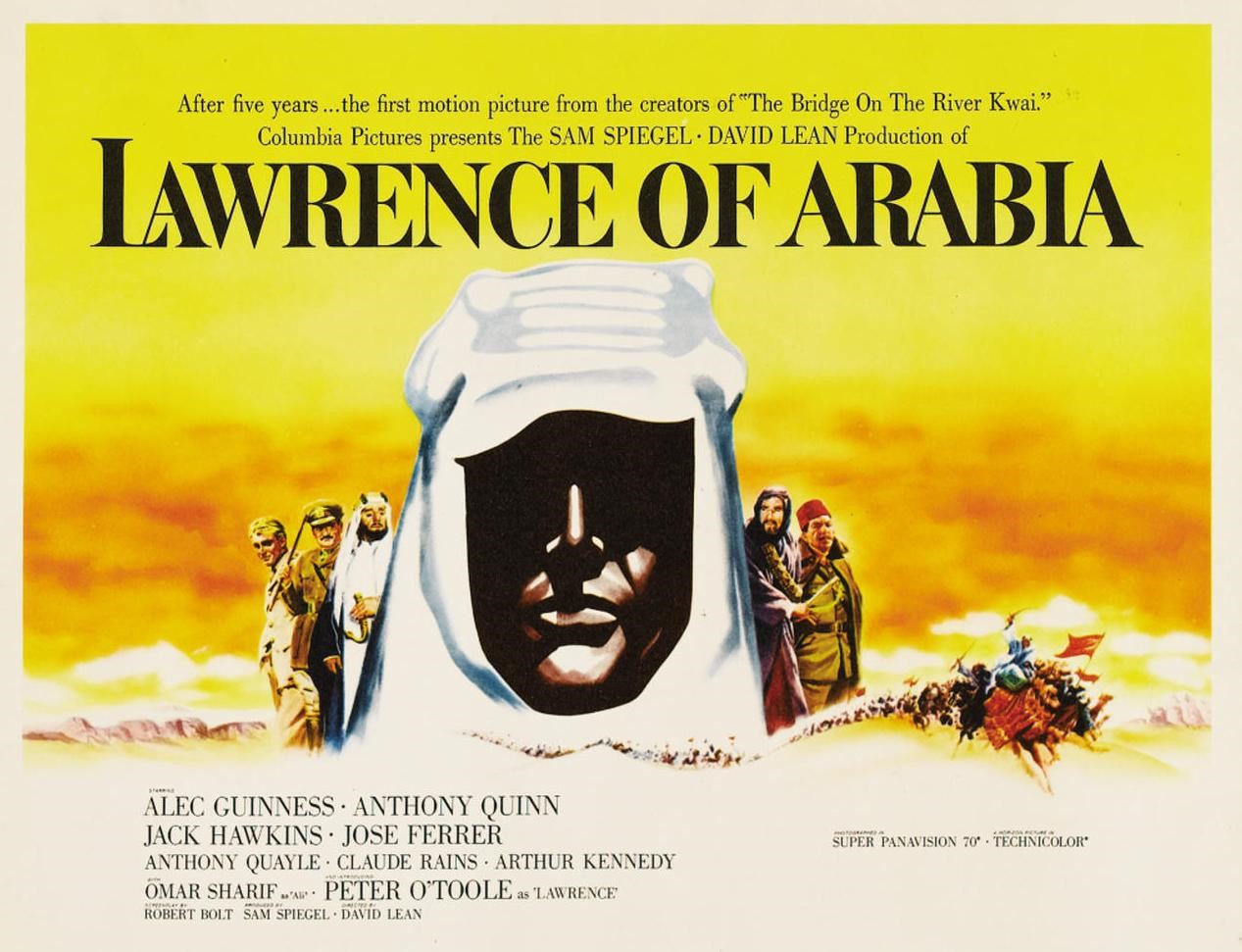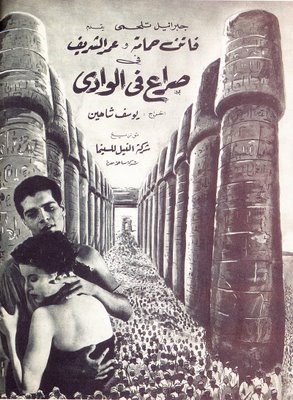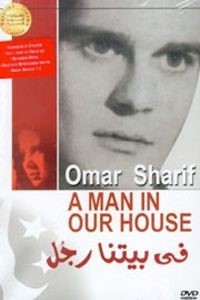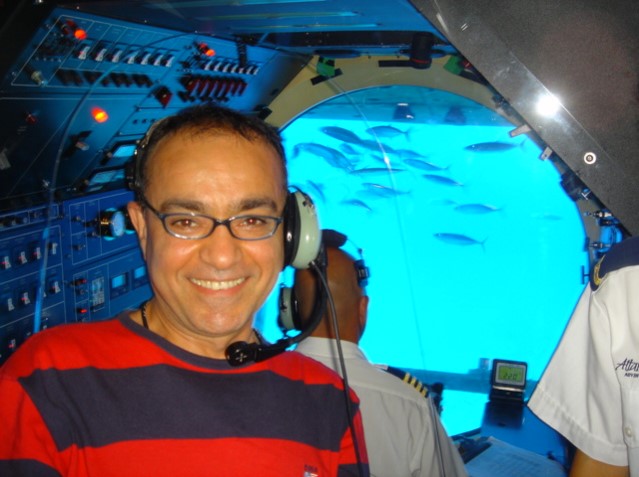January 2015 Issue
Read, Comment and Enjoy!
Join Translation Journal
Click on the Subscribe button below to receive regular updates.
Omar’s Eleven: challenges in subtitling classic Egyptian films
- Details
- Written by Muhammad Y Gamal, PhD

Abstract
Audiovisual translation in Arabic is slowly emerging, and the number of studies on various aspects of the field is also increasing. However, most of the studies focus on one direction: English into Arabic. Digital technology has increased the demand for subtitling into the other direction as more and more DVDs of popular Egyptian and Arabic-language films are being subtitled and shown abroad. This paper, part of an on-going research that examines audiovisual translation in Arabic, takes a look at a collection of Egyptian films by a famous actor subtitled into English. It examines the DVD subtitling of eleven Omar Sharif films with the view of developing a typology of the most common challenges facing subtitlers working from Arabic into English.
Key words: Arabic, audiovisual translation, Omar Sharif, training, typology
Introduction
In Western Europe, audiovisual translation has developed into a major field in Translation Studies with its own courses, degrees, publications and conferences (Diaz Cintas 2008). However, the degree of interest in researching audiovisual translation topics (from subtitling, dubbing, same language subtitling to documentary translation) has not reached the same level in different cultural and linguistic communities. For example, in Australia, the field of audiovisual translation remains the individual interest of some faculty and has not attracted sufficient academic interest in developing courses or training opportunities. This is despite the existence of the Special Broadcasting Service (SBS Television) which not only has a long tradition in providing audiovisual translation service but has a renowned reputation for quality subtitling as well. Similarly, in the Arab world, the state of audiovisual translation is lagging behind.
The new field of audiovisual translation
Researching the audiovisual translation scene in Arabic is fairly new despite the fact that subtitling has been practiced in the Arab world for almost 80 years (Gamal 2008). The digital revolution which brought about satellite channels in their hundreds has created an unprecedented demand for subtitlers; as most channels resorted to subtitling foreign programs to fill in their broadcasting hours. Another reason that strengthened the demand for subtitlers is the emergence of the DVD industry where a single DVD can have up to 40 subtitled languages (Carroll 2004). It is insightful to observe that dubbing has had a shorter history in Arabic, as traditionally, it was confined to the translation of children programs and documentaries.
Although subtitling in Egypt has a long history, it has been conducted in one direction only: English into Arabic. Interestingly, in Arabic there is no direct translation for the word ‘subtitler’ and the pragmatic equivalent mutrgem aflam which literally means ‘film translator’ is used instead. The current practice of film translation in Egypt is based on the translation of the dialogue list without the use of the video. This practice, dictated by commercial pressures, is hardly optimal and defies the fundamental principles of audiovisual translation which pays a close attention to the two channels (audio and visual) of the filmic text. However, the DVD industry in Egypt is a private enterprise and as any business it is motivated by profit and not by quality or service to the cinema sector. Over the years, subtitled foreign programs into Arabic contributed to the emergence of a distinct discourse in Arabic, a form of televese (Gamal 2007). It is not uncommon to read complaints or comments on unprofessional and ungrammatical translations of foreign programs in Arab newspapers which reflect the community’s notion that subtitling is a form of defective translation.

Blazing Sun, Omar Sharif’s first film in Egyptian cinema
Omar Sharif
When the DVD industry began in Egypt it turned its attention to the most popular films: the classics. The decision was based on the premise that fans would welcome restored and remastered classic films and would seek to acquire them. Similarly, such remastered masterpieces which are now subtitled into English and French would be equally popular abroad. Searching through the cinema heritage for popular classics, the nascent industry decided to launch its new product with films featuring one of Egypt’s most recognizable actors, both at home and abroad: Omar Sharif.
Long before Omar Sharif became known in the West through his roles in Lawrence of Arabia (1963) and Dr Zhivago (1965) he was already an established actor in his native Egypt. Sharif had already starred in 22 films (including one in French) and had cemented his position as a rising 29-year old premier garcon. Thus, the Egyptian DVD industry was launched with one of his most popular films Fi baitina ragul (A man in our house) which was released 41 years prior. The remastered and subtitled film was released in 2002. Soon after, other films were released on DVD and subtitled into English and French. This has provided fans of the international star the opportunity to watch his earlier mostly black-and-white films.
The collection of Omar Sharif’s subtitled films into English provides a body of research material for the examination of the other neglected and under-researched direction of subtitling Arabic films into English. This is a significant task for several reasons. Chief among them is the complex nature of the Arabic language. Arabic is a diglossic language which means it has two distinct varieties; one for everyday use (the vernacular) and the other is the more refined variety used in literature and the media (Modern Standard Arabic, or MSA for short). Academia in the Arab world shuns the study of the vernacular as it favors the higher variety, MSA, for educational purposes. This is why most translation departments use MSA in their translation and interpreting programs. Consequently, some important fields are not translated or examined such as children literature, popular poetry, advertising and subtitling. Since most Arabic-language films employ the vernacular, subtitling Egyptian films into foreign languages has not been a major priority. Other reasons that have contributed to the significance of subtitling Egyptian films are the lack of training in audiovisual translation, film literacy and the common practice of dialogue-list translation.

A man in our house (1961)
Subtitling challenges
The collection of Omar’s subtitled films, therefore, offers a unique opportunity not only to enjoy good films but also to conduct a typological study of the various issues that pose challenges to Egyptian “film translators” working on subtitling Arabic-language films into English. The current study examines eleven films with the view of developing a typology of the major challenges. The problem areas require attention to linguistic issues when dealing with the translation of the Egyptian vernacular into English but also with other audiovisual-proper issues. The latter is equally challenging as the collection of films belong to a period when cinematic language employed by directors was considerably different. This entails a higher degree of film literacy that would enable subtitlers to appreciate the link between the image and the dialogue. Deciding on meaning in a given shot/scene is the fundamental principle in subtitling. This is why subtitlers in general, and of classic films in particular, need to be aware of meaning-making features in film and how they are deployed by the director. To give an example, there is a scene in Omar’s A man in our house, where persons are speaking off camera but a politically-motivated graffiti on an important building is seen on camera. In such scene, the subtitler needs to decide the meaning-making feature(s) and think about when, where and how best to convey it into English. Subtitling is not just the translation of the film dialogue.
The developed typology identifies eleven problematic areas in subtitling Arabic-language films into English. The areas are essentially derived from the examination of the vernacular and translating it into English. However, there are other cinematic, cultural and technical areas that are related to film literacy that is an indispensible skill in working with classic films. The importance of this skill becomes clearly evident when working under pressure during film festivals, sport tournaments or major political events.
Concluding remarks
Omar’s Eleven provides an insight into the emerging field of audiovisual translation in Arabic. So far, the number of studies in this direction is miniscule and does not do justice neither to the number of films subtitled nor to the importance of the Egyptian film industry. The study is equally significant as it contributes to the literature on audiovisual translation pedagogy which is slowly emerging in the Arab world.
References:
Carroll, M. (2004) ‘Subtitling: Changing standards for new media?’
Article available at: http://www.translationdirectory.com/article422.htm
Diaz Cintas, J. (2008) ‘Audiovisual Translation comes of Age’. In Chiaro, D, C. Heiss & C. Bucharria (Eds.) Between Text and Image: updating research in screen translation. John Benjamins. Amsterdam.
Gamal, M. (2007) ‘Audiovisual Translation in the Arab world: a changing scene’ in Translation Watch Quarterly. Vol.3, No.2 (June 2007). Translations Standards Institute. Melbourne. Australia
Gamal, M. (2008) ‘Egypt’s audiovisual scene’ published on the Arab Media and Society website: http://www.arabmediasociety.com/?article=675
Gamal, M. (2014) Audiovisual translation in the Arab world v.04: mapping the field. Arab Media & Society: Issue No 19, Fall 2014. www.arabmediasociety.com
